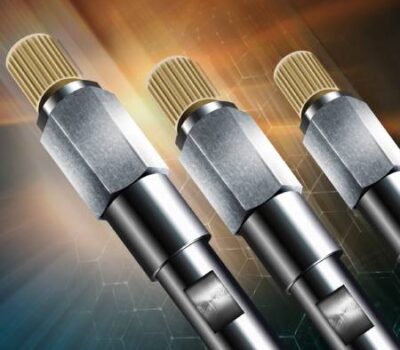Hydrophobic Interaction
Chromatography (HIC) Materials
– for HIC of Proteins and Peptides-
HIC materials separate proteins on the basis of hydrophobic character, as does RPC. However, HIC uses totally aqueous buffers, retaining tertiary structure and biological activity. Selectivity is generally superior to that of RPC for proteins and polypeptides large enough to have significant secondary or tertiary structure. Typically, a sample is eluted with a decreasing gradient of a salt such as a sulfate or phosphate. Proteins elute in order of increasing surface hydrophobicity. Surfactants (e.g., CHAPS; octylglucoside) can be added to the mobile phase if necessary. The relative hydrophobic character ofPolyPROPYL A™, PolyETHYL A™ and PolyMETHYL A™ is 100, 60 and 15, resp. HIC has greater sensitivity than other modes to the location of a modification or residue difference, especially (but not necessarily) if it involves a nonpolar group. Use these HIC materials for:
1) Multidimensional protein purification (suggested sequence: Ion-exchange – [add salt to collected fractions] – HIC).
2) Purification of polypeptides (e.g., venoms and glycopeptides).
3) Characterization of antibodies.
4) QC analysis of proteins differing in the polarity of a single residue or modified positional variants.
Use material with 1000- or 1500-Å pores for proteins > 20 KDa. Capacity is comparable to ion-exchange. Unless a protein is known to be unusually hydrophobic, usePolyPROPYL A™
“For column-specific technical support or inquiries about Certificates of Analysis (CoA), please feel free to reach out via email at [email protected] or give us a call at +1 (732) 742-5607. We’re here to assist you.”
- Hydrophobic Interaction Of Protein Oxidation Products
- Application of Effect of Pore Diameter
Order Information will be updated soon……!
Support will be updated soon…..!

Get In Touch!
Get Your Quote or Call : +1 732-742-5607
We focus on supporting laboratory workflows & optimizing lab-wide operations

